The Ancient Story of Dumplings in China
Dumplings are an essential food for the celebration of lunar new year in China with a history that is over a thousand years old.
Today in China, on new year’s eve as the midnight hour approaches, families can be found busily wrapping dumplings for a feast as the clock strikes the hour, heralding the appearance of a new year and leaving the old year behind.
Pexels, Angela Roma
Dumplings (Jiaozi), typically consist of a ground meat and/or vegetable filling wrapped into a thinly rolled piece of dough, which is then sealed by pressing the edges together. Finished jiaozi can be boiled (shuǐ jiǎo), steamed (zhēng jiǎo) or pan-fried (jiān jiǎo).
AN ANCIENT HISTORY
It looks like people have been enjoying dumplings for a very, very long time, because archaeologists have unearthed several instances of surprisingly well-preserved dumplings across time in the vast country that comprises China today. The ancient Chinese were just as obsessed with dumplings in the past as we are today.
Scientists say there are actually multiple generations of dumplings discovered in Turpan in the Uygur autonomous region at the Astana Cemetery. The most interesting part of this unearthing is that it appeared to show a dumpling lineage, some dated back to the Six Dynasties period (220-589), others to the Tang Dynasty (618-907). They could even tell which dumplings were meat-filled. The dumplings found in excavations at the Astana Cemetery are crescent-shaped bundles stuffed with meat and encased in a wrapper made of wheat flour dough, which look amazingly like what a person would find in China today.
Dim Sum of Tang Dynasty (618-907 CE) with still recognizable dumplings in the bowl in the middle surrounded by sweet desserts, unearthed in 1972 from Turpan. A jam tart can be seen in the bowl on the upper right. Courtesy of CNPC
THE TURPAN DUMPLING DISCOVERY
It is rare to discover remains of food in archaeological investigations, due to often poor conditions of preservation. However, that is not the case in Turpan which is located in the eastern part of Central Asia, an important communication center between the East and the West. The climate in the Turpan Basin of Xinjiang, China, is dry and arid, which led to the preservation of numerous mummies as well as plant and food remains.
Map of the location of the Astana Cemeteries
The Turpan Basin was occupied by the Gushi people from 1000 to 100BC. The Gushi Kingdom was later defeated by the armies of the Western Han dynasty (202 BC-9 AD), and large numbers of Han Chinese migrated to the region. Afterwards, Turpan was successively dominated by kingdoms consisting of the Han people, especially the Gaochang Kingdom, until the 9th century. The Astana Cemeteries were the public graveyards of the ancient Gaochang people, covering an area of 10 km2. They consist of thousands of tombs dating from the 3rd to the 9th centuries, and are well known today as an “underground museum”.
A wall painting from an Astana grave. Wikimedia Commons
As mentioned, Turpan is famous for its hot and dry climate. From 1959 to 1975, more than 500 tombs were excavated by the Xinjiang Uyghur Autonomous Region Museum and other institutions revealing an incredible array of large quantities of food, household objects, clothing, musical instruments, and manuscripts. The Chinese felt that the afterlife was very similar to the life from which they had departed, and therefore it was important to bury individuals with goods and money they would require.
Food items found in graves at the Astana cemeteries including walnuts, grapes, and plums. A dumpling can be seen on dish number three. Wikimedia Commons.
The discovery of the remains of dumplings, and many other foods recognizable to us today, in the gravesites of the Astana Cemeteries show the ancient links to much of the cuisine that continues to be important in China, including the beloved dumpling.
Portions of this blog post are excerpted from the paper: Archaeobotanical Study of Ancient Food and Cereal Remains at the Astana Cemeteries, Xinjiang, China, edited by Patrick Degryse. The full post may be found at this link: https://www.ncbi.nlm.nih.gov/pmc/articles/PMC3447823/





